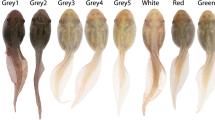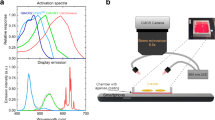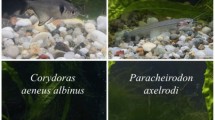Abstract
PROF. MEEK, in his letter to NATURE of Oct. 5 on “Adaptation”, has used in illustration of his views instances of crustacean races (of the amphipod Gammarus duebeni and the copepod Canthocamptus pygmcæus) residing in pits and mines which had lost their colour and eyes without losing the power of reproducing those features on becoming once more acquainted with light. In Prof. Meek's opinion, more prolonged exposure to environmental strain might make this restoration more difficult by impairing the reversibility of the reaction, and he suggests that this sort of adaptation to life in the dark is ‘psychogenetic’ in origin. In addition to the many eyeless Crustacea of purely cavernous habit, Cyclops agilis Koch has been found underground with degenerate eyes, but the same and four other species of Cyclops as well as Canthocamptus staphylinus Jurine have often been found in the dark with normal eyes; loss of pigment has been observed in certain Ostracoda in similar situations (Moniez, Bull. biol. N. France, 1, P. 176; 1888).
This is a preview of subscription content, access via your institution
Access options
Subscribe to this journal
Receive 51 print issues and online access
$199.00 per year
only $3.90 per issue
Buy this article
- Purchase on SpringerLink
- Instant access to full article PDF
Prices may be subject to local taxes which are calculated during checkout
Similar content being viewed by others
Author information
Authors and Affiliations
Rights and permissions
About this article
Cite this article
PERKINS, M. Adaptations and the Influence of Light on Animal Tissues. Nature 124, 759–760 (1929). https://doi.org/10.1038/124759a0
Issue date:
DOI: https://doi.org/10.1038/124759a0



